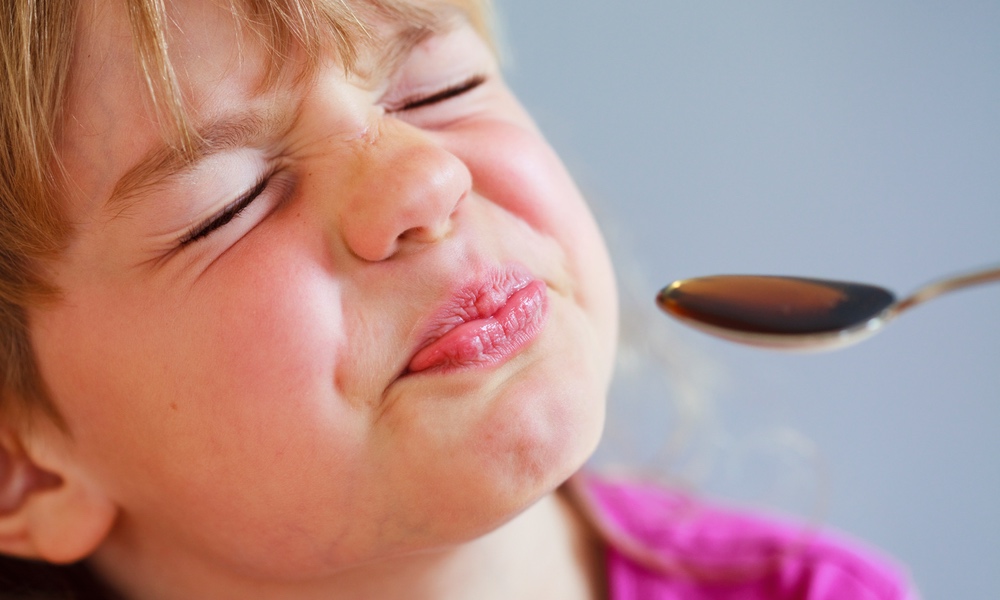What disgusts you? How about reading that your newspaper was printed on recycled toilet paper?
That's one of the examples tested by researchers investigating whether disgust helps protect us from disease, a connection that may have served people well throughout history.
The idea that anything that motivated people to avoid disease-causing organisms like plague or cholera-causing bacteria was a useful evolutionary trait is easy to understand. People who avoided plague or cholera had better health prospects and were likelier to have children. And since the bacteria that cause these diseases can't be seen, people needed some other method to help avoid them. Feelings of disgust around particular smells and animals may very well have served this role.Bad body odor and other violations of hygiene norms were found to be highly disgusting. So were oozing sores.
They constructed 72 disgusting scenarios that include the usual suspects but also include some highly creative ones, such as watching a child clean the dishes with a toilet brush. They then had over 2,500 people rate these scenarios for just how disgusting they were, on a scale of 1 to 100.
Of all the scenarios presented, infected wounds oozing pus were rated as most disgusting. Bad body odor and other violations of hygiene norms were also found to be highly disgusting.
An analysis of people's responses indicated that potentially disease-causing phenomena can be broken down into six categories:
Over 90 percent of the study participants came from the United Kingdom, Canada or the U.S., so this study may not offer a truly cross-cultural perspective on disgust. But it's a start.
Interested readers can see all 72 disgusting scenarios, as well as the rest of the article, in Philosophical Transactions of the Royal Society Series B: Biological Sciences.





